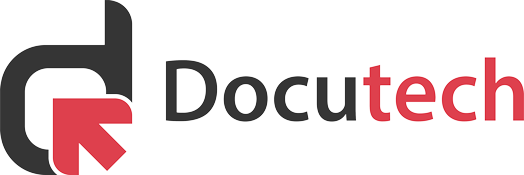Design of Management Information Systems


Every organizations job is complicated enough without having to record and remember every relevant employee detail on demand. Luckily, electronic software systems exist to help organize operational, financial and logistical information for all levels of the company. At Docutech, our software suites, called Management Information Systems (MIS), allow management to easily pull a report to get a snapshot of the company at that period in time.
Types of Management Information Systems
There are a number of different types of MIS, both by programming structure and intent and by end function or use. The types most frequently used in the workplace today include the following.
Process Control MIS
Process Control Systems control the actual physical processes and equipment in a manufacturing-type industry. The MIS records system and process variables and can provide summaries on production rates, upsets and efficiency ratings, and should also be able to identify when performance trends exceed a certain allowed deviation. This is critical information needed for operations management as well as procurement, inventory and sales.
5 Steps in Designing MIS
In order to design an effective MIS, it’s important to understand the stages MIS system design will go through as it becomes a part of daily business. Information systems usually follow a standardized cycle moving from concept to final product.
Planning
The first step involves preliminary planning, which includes obtaining a full understanding of the gaps the business is looking to fill, evaluation of alternative solutions and the development of a preliminary budget and timeline to allocate resources if and when needed. The planning stage helps the business make its final decision and prepares the company for the upcoming project.Analysis
This step analyzes the plan and begins to create a list of specifications and requirements the system will have to meet. Here functions are spelled out, communication protocols are established and a picture can be built of the end product. Often, work moves back and forth between the analysis and planning stages, when the potential system requirements hit a wall with regards to budget or schedule, so that the final picture can be agreed on by everyone.Design
This is the actual development stage. The team will come together and begin to build the code, databases and functions that will power the MIS as needed and required by the previous stages. This stage also includes extensive testing, first by the development team and then by the real users, to determine whether things are working as expected.
